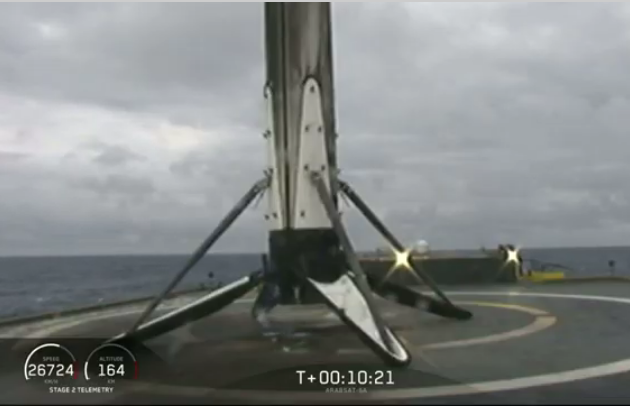FCC approves SpaceX’s Starlink constellation
Capitalism in space: The FCC has approved SpaceX’s revised plan for its Starlink satellite constellation designed to provide global internet access.
SpaceX already had authorization for 4,425 Starlink satellites that would use Ku- and Ka-band radio spectrum to beam internet data, but last November, the company asked the FCC to sign off on a plan that would put more than a third of the satellites in 550-kilometer-high (340-mile-high) orbits rather than the previously approved 1,150-kilometer (715-mile) orbits.
Eventually, SpaceX plans to add another wave of more than 7,500 satellites in even lower orbits to enhance the constellation’s coverage.
They hope to begin launching their first set of satellites by May, and begin commercial operations as early as 2021.
Capitalism in space: The FCC has approved SpaceX’s revised plan for its Starlink satellite constellation designed to provide global internet access.
SpaceX already had authorization for 4,425 Starlink satellites that would use Ku- and Ka-band radio spectrum to beam internet data, but last November, the company asked the FCC to sign off on a plan that would put more than a third of the satellites in 550-kilometer-high (340-mile-high) orbits rather than the previously approved 1,150-kilometer (715-mile) orbits.
Eventually, SpaceX plans to add another wave of more than 7,500 satellites in even lower orbits to enhance the constellation’s coverage.
They hope to begin launching their first set of satellites by May, and begin commercial operations as early as 2021.

